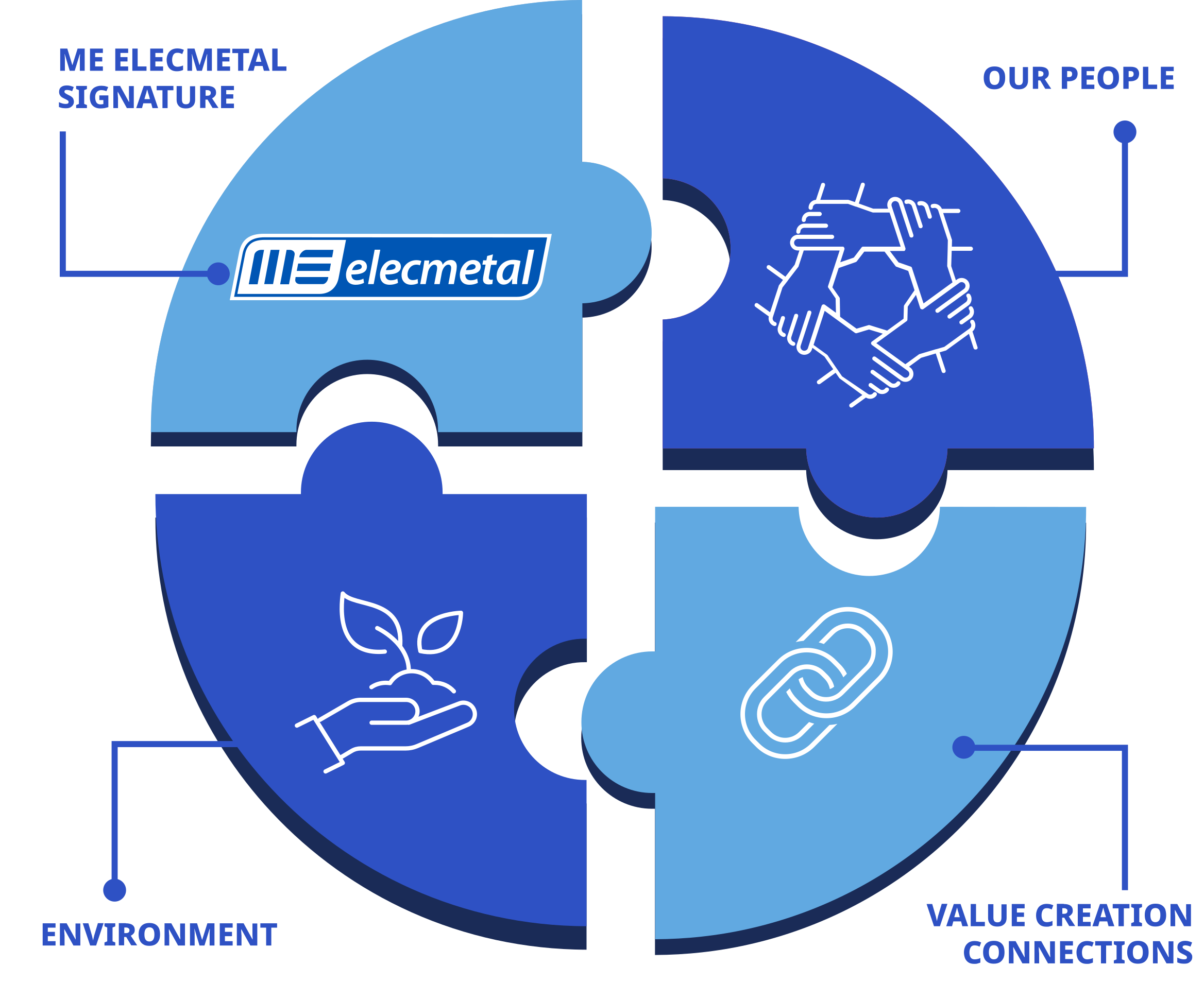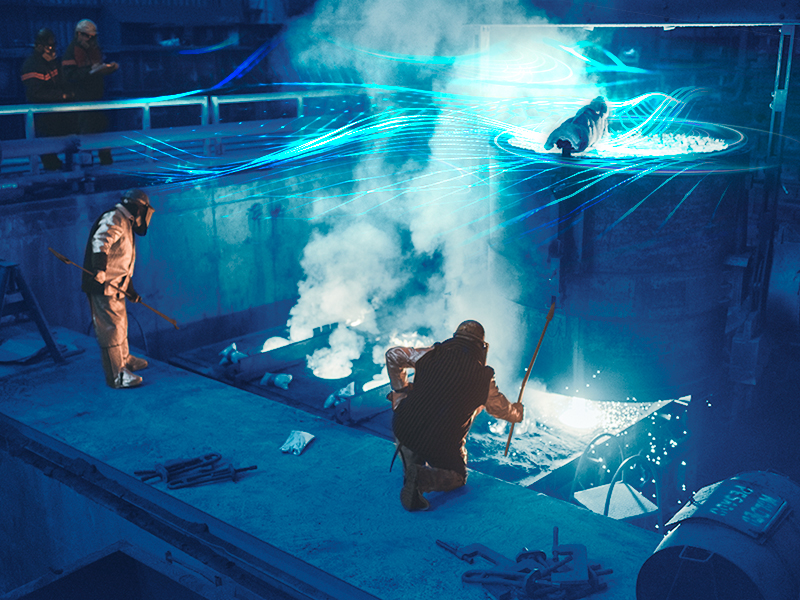ME Elecmetal’s global operations have initiated renewable energy generation projects aimed at enhancing energy efficiency and reducing emissions across multiple regions.
Chile – ME Elecmetal South America
At the Rancagua facility, significant strides have been made in enhancing energy efficiency and reducing emissions through renewable energy projects. Presently, 50% of the electrical energy used at the facility is sourced from renewable sources, equivalent to approximately 25% of the total energy consumed. This energy mix comprises a combination of electricity and natural gas.
To further bolster this renewable energy usage, ME Elecmetal has taken the initial step of purchasing renewable energy attributes. This investment supports 50% of the facility’s electricity consumption and involves an annual expenditure of about USD 25,000.
Simultaneously, progress is underway on a project to install a solar plant covering the facility’s parking lots. Upon completion, this solar plant is anticipated to generate an additional 1.7 GWh of energy per year, equivalent to 5% of the facility’s total energy consumption. Importantly, this solar installation has been deemed the most feasible option in terms of implementation, as it does not interfere with the plant’s ongoing processes.
Furthermore, the Rancagua facility has recently obtained ISO 50.001 certification for energy management. Alongside the certification itself, the facility aims to achieve a 5% reduction in energy consumption by 2024 compared to the previous year.
ME Elecmetal China
At the Changzhou Plant established in 2014, ME Elecmetal has implemented a rooftop photovoltaic plant covering a significant portion of its facility. This initiative has enabled the plant to generate 550,000 kWh of electricity annually, with an impressive 99% of this energy being consumed internally. The electricity generated is primarily used in offices, molding, and milling processes, excluding the energy-intensive melting process.
The decision to install these solar panels was driven by two main factors. Firstly, China’s government actively encourages manufacturing companies to adopt green power generation systems and incentivizes the utilization of surplus energy by feeding it back into the grid, thereby allowing companies to obtain preferential prices for the remaining electricity. Secondly, ME Elecmetal aims to reduce carbon emissions associated with casting production, aligning with the company’s core values and responding to the increasing demand for sustainable practices from customers in the mining industry.
Moreover, China’s increasing focus on green power generation has resulted in a gradual reduction in carbon emissions per ton of product year on year, facilitated by diversification of the energy matrix.





